Ancona is an important city of central Italy and capital of Le Marche region. It is located on the Adriatic coast and it stands on a promontory formed by the slopes of the Mount Conero.
This promontory creates a gulf with a natural harbour in its inner part. Fun fact: here the sun rises and sets on the sea; this phenomenon is due to the particular elbow shape. Every year about one million travellers leave from the port heading mostly to Greece and Croatia, but also to Albania, Turkey and Montenegro; it is actually the leading Adriatic port in terms of number of sailings and one of the first for cargo and fishing. Ancona is also one of the main economic centres of the region, besides having an extensive urban area with over 100,000 inhabitants. The city is served by an airport (Falconara) that is well connected to Russia, England, Sweden, Germany, Romania and many other European countries.
Land and beaches
Much of the territory of Ancona falls within the Conero Regional Park, with extensive forests, cliffs overlooking the sea, unspoilt countryside and various kinds of beaches. Out of all the numerous spots we should at least mention Portonovo, a popular destination for tourists and local people. Even that of Passetto is a well-known area, characterised by its large white cliffs. Here you find the Chair of the Pope, one of the city's landmarks and the so called Scoglio del Quadrato (rock), much appreciated by diving lovers. Some beaches are accessible by paths, one of which is the beautiful Mezzavalle beach.
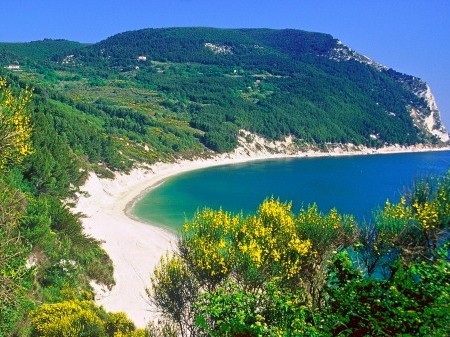
To visit
Ancona is an art City with an old town full of monuments. It is divided into two parts, the older part on Monte Guasco and the modern part on the coast. One of the main monuments is the Duomo or Cathedral of San Ciriaco, a medieval church that dominates the city from above. The view here is priceless, especially at the evening! Among the religious buildings worth to mention there's the Church of Santa Maria della Piazza near the port, the Church of Santa Maria di Portonovo nestled in the Conero Park and the Church of the Saints Pellegrino and Teresa, in the historical centre of the central square Piazza del Senato where rises the building of Palazzo del Senato, headquarters of the Superintendence of Architectural and Environmental Heritage of Le Marche region. Other historical buildings include the Palazzo degli Anziani, now the Town Hall, Palazzo del Governo with its Civic Tower and Palazzo Bosdari which houses the Civic Art Gallery. The city is also home to the National Art Gallery of Le Marche where archaeological and artistic treasures of the region are kept. The National Archeological Museum of Le Marche is home to ancient iron age artifacts and those of ancient civilisations. Another important monument is the Trajan Arch built in 115 by Apollodorus of Damascus, the same architect who designed the project of the massive Forum of Trajan in Rome. The Roman amphitheatre which can still be visited, is the most important architectural work of the Roman era in the city, together with the Trajan Arch. The Mole Vanvitelliana, known as the Lazzaretto of Ancona is a pentagon-shaped building designed by Vanvitelli in the XVIII century. The building is located on an artificial island of the harbour and is connected to the mainland by three bridges. Originally it was used as a freight depot, a military hospital and place of quarantine; today it houses the Omero Tactile Museum which hosts exhibitions, shows and festivals all year round. The museum is truly unique as it allows blind people to discover and touch many works of art thanks to plaster reproductions specifically built.
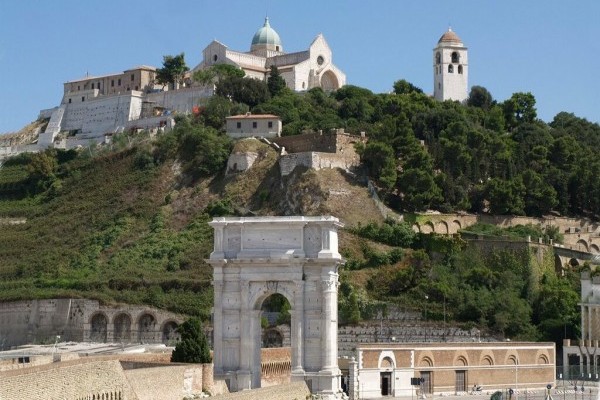
Food and Wine
A well-known symbol of local cuisine is codfish (stoccafisso all'anconetana), celebrated by numerous events throughout the year and protected by a dedicated academy. Codfish requires a long cooking process and is prepared with potatoes, oil and wine. Another typical dish of the area is brodetto (fish broth), a local variant of fish soup. As for first courses, you must not miss the vincisgrassi , the ciavattoni and seafood spaghetti . Top of the cold cuts is the larded salami of Fabriano. Other traditional products are the fig loin, the sapa (grape syrup), onion and honey. For main courses you have the saraghina cooked on the grill, the cuttlefish with peas or varolo, that is the sea bass. Regarding sweets, the tradition of Ancona offers the classic Ciambellone (large donut cake) with raisins, cream and must during the harvest period. Also cicerchiata with honey and almonds is widely popular. There are also excellent wines, many of which are DOC (controlled designation of origin), such as the Corbezzolo of Monte Conero, Verdicchio dei Castelli di Jesi, Rosso Conero or Montepulciano and Lacrima di Morro d'Alba.
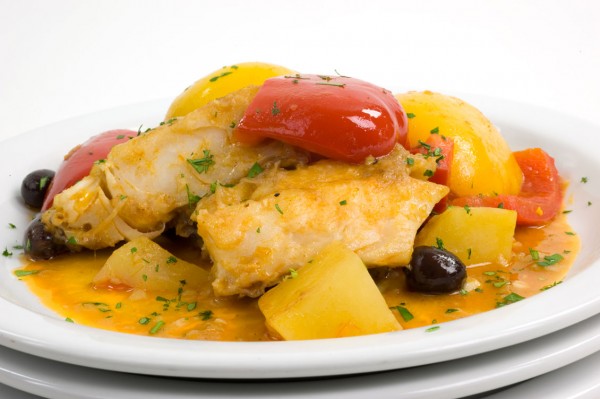
Manufacturing and industry
Ancona's infrastructure and geographical location have created a nautical district globally recognised for the manufacturing of mega-yacht. The presence of large market leaders favoured the development of this sector with a range of services dedicated to boating. In addition, the textile, clothing and agrifood sectors are extremely dynamic economic businesses for the city. There are also industries related to old traditions and dedicated to the production of musical instruments, souvenirs and local products.
Sports
In the area you can practice many sports: diving, sailing, canoeing, windsurfing, kitesurfing and organise excursions in the Conero Park with guided tours. Here you also find the Conero Golf Club; almost 70 hectares with 18 holes and high quality service.
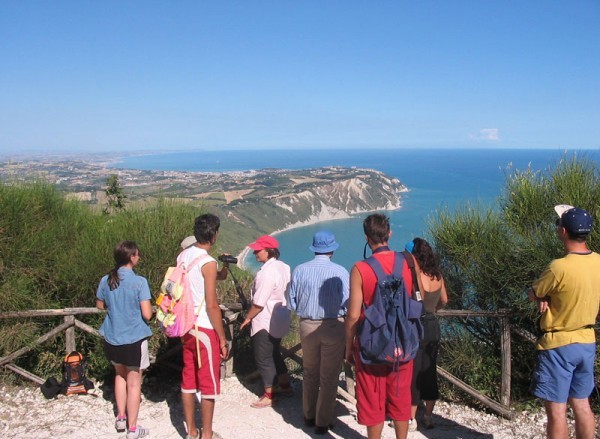
Falconara Zoo
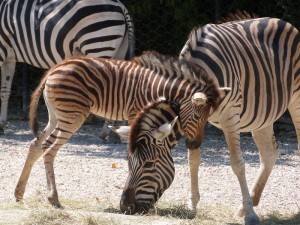 At few kilometres from Ancona you find the Falconara Zoo, a wildlife park home to numerous species of animals: cheetahs, spider monkeys, pumas, tigers, giraffes, lions and many other cute animals like frogs, hippopotamus and pink flamingos. The reptile house with iguanas, pythons and geckos is not to be missed.
At few kilometres from Ancona you find the Falconara Zoo, a wildlife park home to numerous species of animals: cheetahs, spider monkeys, pumas, tigers, giraffes, lions and many other cute animals like frogs, hippopotamus and pink flamingos. The reptile house with iguanas, pythons and geckos is not to be missed.
Inside the zoo there are rest stops with outdoor areas to eat and relax with the kids.
During the year there are many educational events with workshops and activities for both adults and children.












